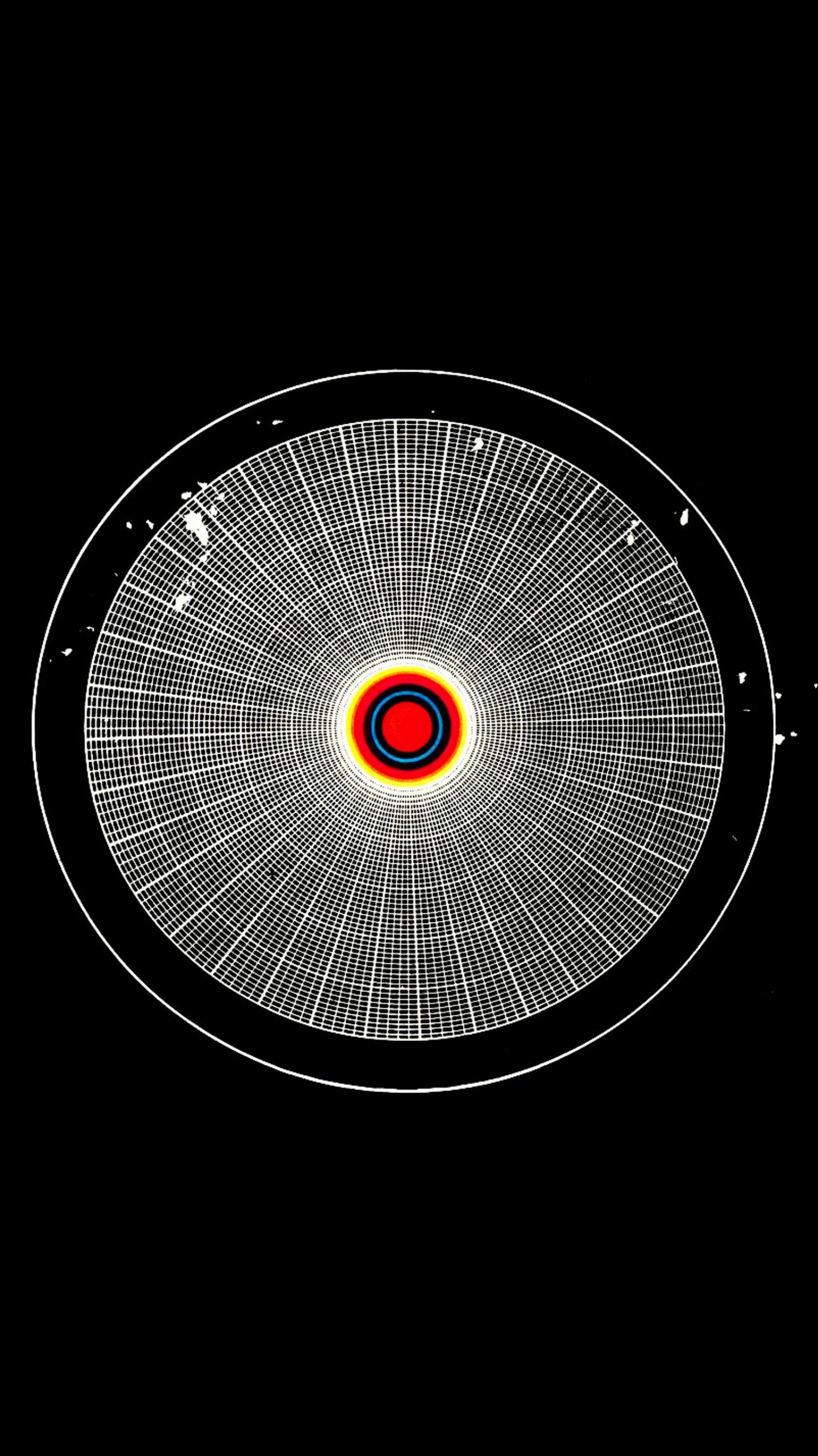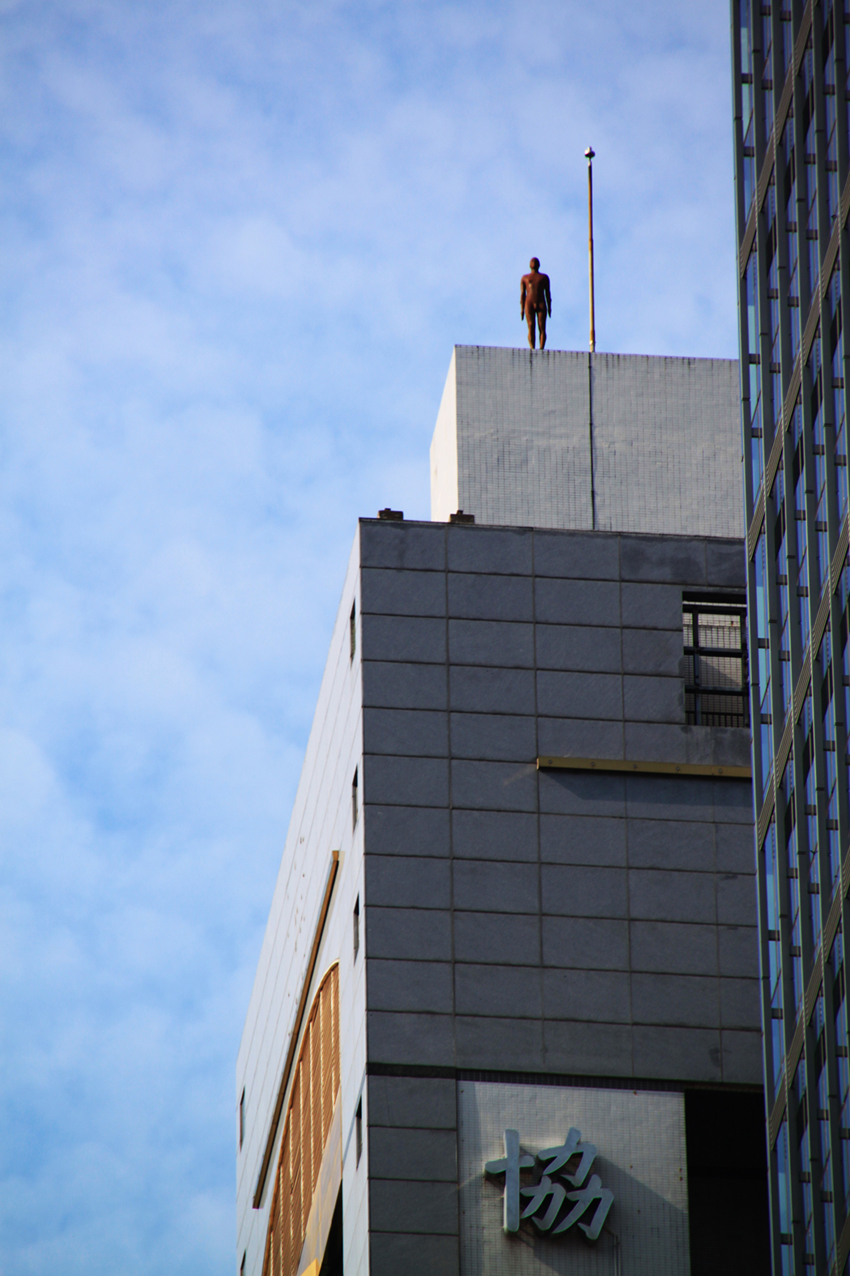
ANDREI TARKOVSKY
أندريه تاركوفسكي
塔可夫斯基
アンドレイ·タルコフスキー
Андрей Тарковский
Solaris
In Solaris (1972), Andrei Tarkovsky presents a vision of contemporary society as one that has become cut off from nature, and provides a narrative that illustrates the possibility of remaining human in the inhuman world that is the result. The film contrasts a life-affirming natural landscape to an urban, constructed landscape where the natural world is submerged and invisible. The Solaris space station is both a projection of this second, inhuman, landscape and an allegory for Tarkovsky’s view of urban life. The narrative of the film concerns the journey by the central character, Kris Kelvin (Donatas Banionis), from emotional deadness to a rediscovery of his humanity as he charts a course between these two worlds, and the role that art, whether painting, music or film, plays in this.
cinema full





